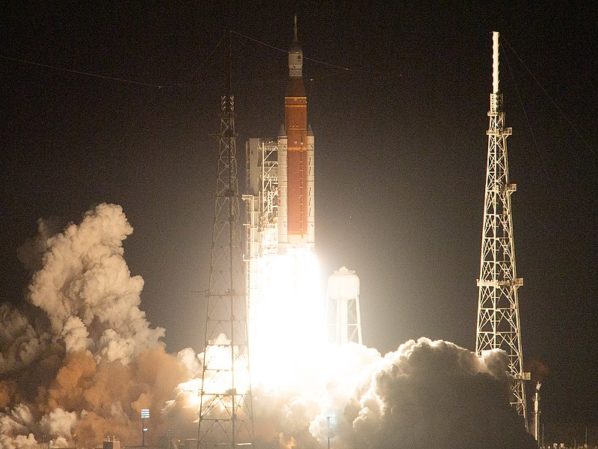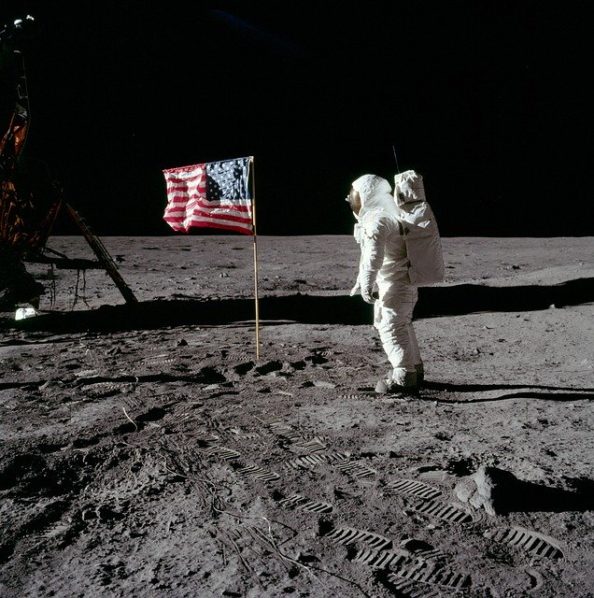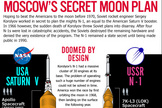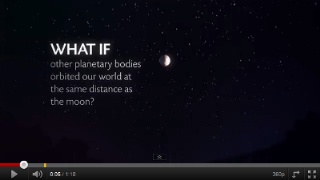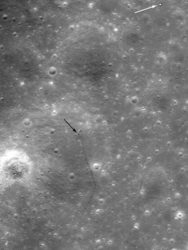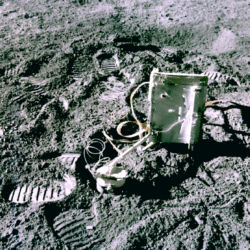Artemis I Launch a Great Success, According to NASA Engineer Kristine Ramos
Despite some delays, the highly anticipated kick-off to NASA's Artemis program finally debuted with the launch of Artemis I. This unmanned mission to orbit the Moon is the first test of the Orion spacecraft carried by a Space Launch System (SLS) rocket.
Here’s How NASA Chose the First Astronauts to Walk on the Moon
While we're excited to see the Artemis astronauts make their way to the lunar surface, they aren't the first human beings to set foot on the moon. How did NASA choose the Apollo astronauts for the 1969 mission? How has the selection process changed over the years, and what is NASA looking for in its Artemis astronauts?
Moscow’s Secret Moon Plan: The N-1 Rocket [Infographic]
“Hoping to beat the Americans to the moon before 1970, Soviet rocket engineer Sergey Korolyov worked in secret to plan the mighty N-1, an equal to the American Saturn V booster. In 1966 however, the sudden death of Korolyov threw Soviet plans into disarray. After four N-1s were lost in catastrophic accidents, the Soviets destroyed the remaining hardware and denied the very existence of the program. The N-1 remained a state secret until being made public in 1990.” Taken from the infographic below: Source Space.com: All about our solar system, outer space and exploration
RIP. Neil Armstrong
Yesterday, August 25, we lost a true hero. Neil Armstrong died at the age of 82 due to complications from blocked coronary arteries. He was an inspiration to many and has taught us to dream big about the future of humanity in space. He will be forever remembered. RIP.
Planets Viewed From Earth as if They Were at the Distance of the Moon [Video]
This amazing video shows how the planets of the solar system would look if viewed from Earth as if they were orbiting around our planet at the distance of the Moon. Jupiter would nearly completely fill the sky. This video is of course not implying that something like this could happen. It merely compares the sizes of the planets and our moon in a quite original way. It also makes us realize how small the Earth really is compared to the gas giants. When a duplicate Earth is shown in the sky, it’s actually how large our Earth really looks from the Moon. That’s what the Apollo astronauts witnessed during…
Astronomy Picture of the Week – The Copernicus Crater
Copernicus is one of the largest lunar impact craters on the visible hemisphere of the Moon. It was named after the Polish astronomer Nicolaus Copernicus. The crater is estimated to have formed about 800 million years ago during the Copernican period of lunar history, which was named after the crater. Copernicus is visible using binoculars, and is located slightly northwest of the center of the nearside, in eastern Oceanus Procellarum. The crater has a diameter of 93 kilometers and a maximum depth of 3.8 kilometers. Copernicus also has a dozen satellite craters ranging between 3 and 7 kilometers in diameter. By convention they share the name of the main crater…
Rover Spotted On The Moon
The Russian Lunar rover Lunokhod 2 was recently spotted on the Moon’s surface. As shown in the photo below, the black arrow indicates where the tracks begin, while the white one shows the resting place of the rover. The arrows were placed by Phil Stooke, geography professor at University of Western Ontario. Richard Garriott, a successful video game developer and one of fewer than 10 private citizens to travel into space is the current owner of Lunokhod 2. He acquired it for over $68,500 when it was listed for sale in 1993 Sotheby’s auction. After seeing those findings, he mentioned plans to go see the rover from lunar orbit, or…
Did you know? The Moon has an Atmosphere
It is a common misconception that the Moon’s surface is a perfect vacuum. It is not! The Moon indeed has an atmosphere, a very tenuous one however. If you could capture the Moon’s entire atmosphere, it would weigh about 10,000 kg. In other words, it would weigh less than a large truck. Sources of the lunar atmosphere There are two main sources of the lunar atmosphere. One of them is outgassing, which is the release of gasses that originate from radioactive decay processes deep inside the crust and mantle of the Moon. The second source is through a process known as sputtering: atoms are ejected from solid materials on the…

